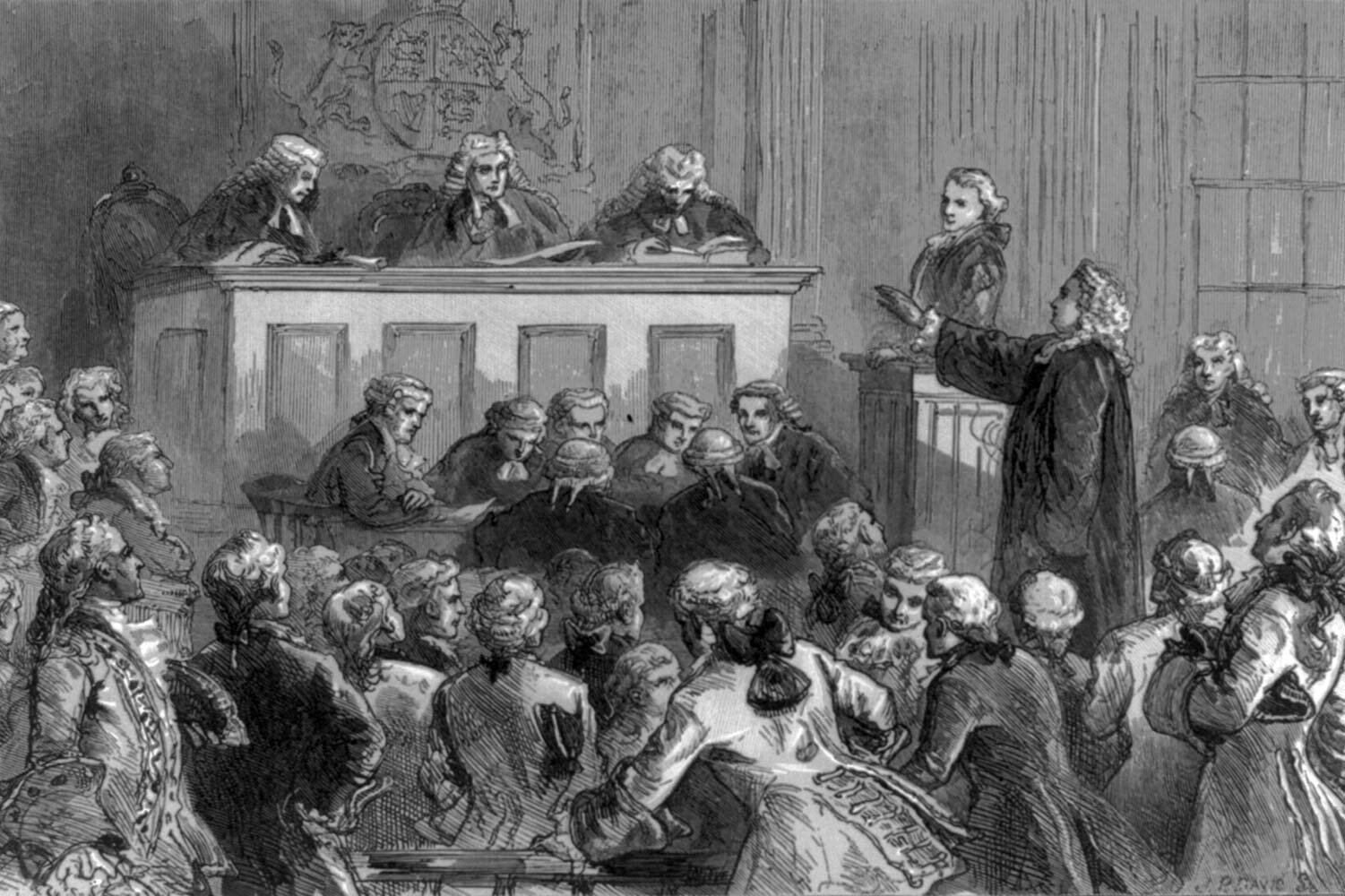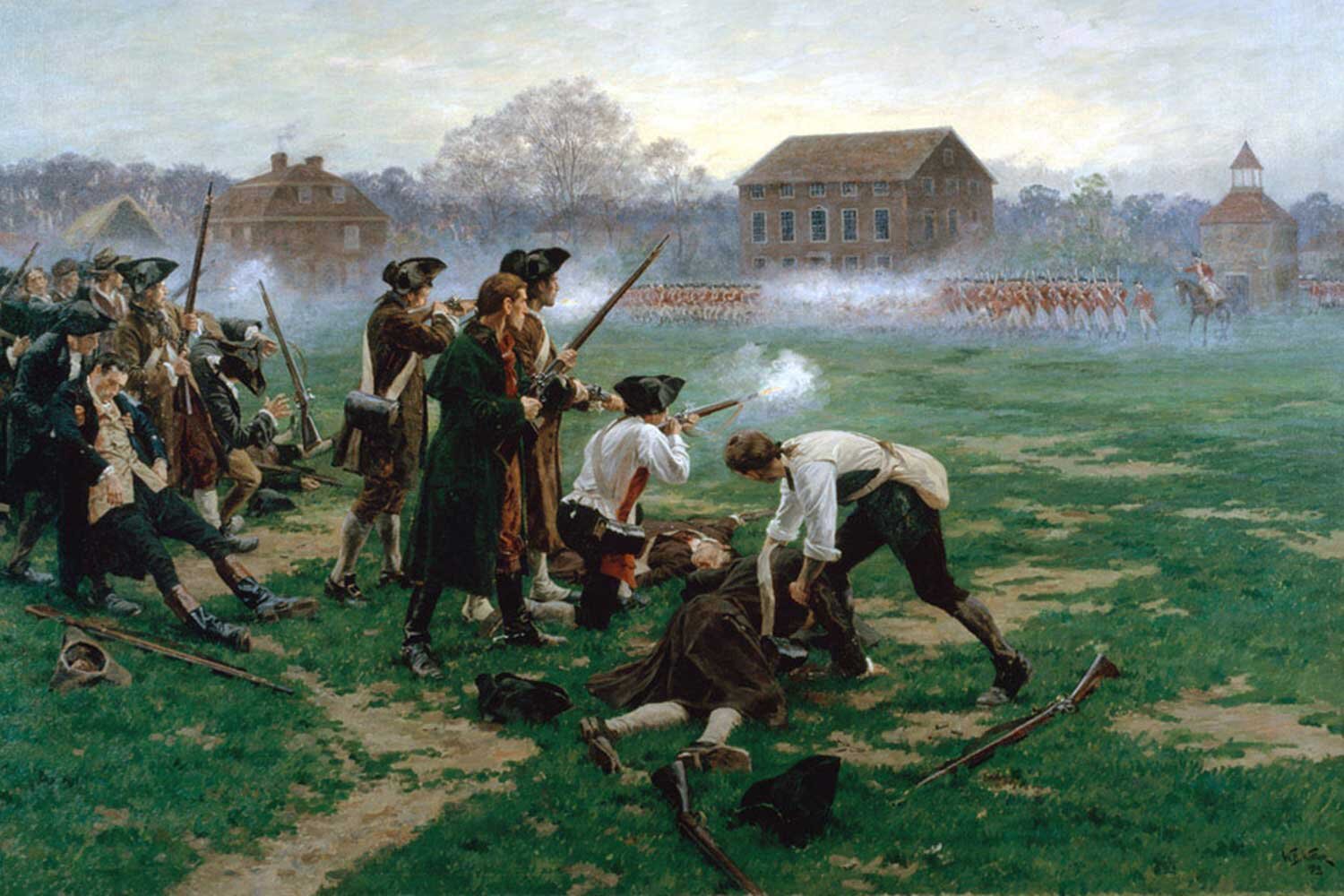The Bill of Rights: Debate
Soon after the proposed Constitution was circulated to the state legislatures for approval, it came under criticism for several supposed faults, but primarily for its lack of a bill of rights. The group opposing the new Constitution became known as “Anti-Federalists” and were led by George Mason of Virginia and Elbridge Gerry of Massachusetts.
Gerry published a widely circulated letter, dubbed “Hon. Mr. Gerry’s Objections”, in which he stated his objections. As he saw it, “the liberties of America were not secured by the system (new Constitution)” and that it was flawed “without a bill of rights”.
Alexander Hamilton’s response in Federalist No. 84 was that “the constitution is itself in every rationale sense, and to every useful purpose, a bill of rights”. He added by ratifying the Constitution “the people surrender nothing, and as they retain everything, they have no need of particular reservations (of their rights)”.
Although the proposed document was quickly ratified by five states (Delaware, Pennsylvania, New Jersey, Georgia, and Connecticut), it bogged down in other state legislatures primarily due to the absence of a bill of rights. In Massachusetts, the impasse was broken when Anti-Federalists led by John Hancock and Samuel Adams agreed to ratify the proposed Constitution on the condition that a bill of rights would soon follow.
The Federalist minorities in the Maryland and Virginia assemblies facing similar opposition, also agreed to create a bill of rights rather than risk delaying the ratification of the Constitution. This spirit of compromise kept the process moving.
By June 1788, the requirement that nine states approve the proposed Constitution had been met. As a result, Congress ratified it on September 13, 1788 with an enactment date of March 4, 1789. One hurdle had been cleared.
The challenge at hand now was to craft a bill of rights that would be acceptable to the thirteen states. James Madison, an early opponent of a bill of rights and a member of the House of Representatives, eventually changed his position on the matter and led the effort to develop one that would satisfy the Anti-Federalists.
Madison’s initial effort recommended nine changes to the body of the new Constitution rather than additional articles. However, the Federalists saw this attempt to modify the original text they had so recently ratified as a mistake. They argued these changes might undermine the credibility of the new document.
Instead, the House of Representatives, swayed by the arguments of Roger Sherman, agreed to place all amendments at the end of the Constitution. On September 25, 1788, after much debate, the House and Senate jointly agreed to twelve proposed Articles as additions to the document and forwarded them to the states for their approval.
On December 21, 1789, Articles Three through Twelve were ratified by Congress and became the first ten Amendments to the Constitution, our Bill of Rights. Interestingly, Article Two dealing with Congressional pay raises was not approved until 1992 as the 27th Amendment and Article One dealing with the number of seats in the House has never been approved.
WHY IT MATTERS
So why does the Bill of Rights matter to us today? We must know and understand our rights as Americans, or we can never preserve them. Thomas Jefferson said there is “no safe depository of the ultimate powers of the society but the people themselves” and that “this is the true corrective of abuses of constitutional power”. It is our shared responsibility.
SUGGESTED READING
“Plain, Honest Men; The Making of the American Constitution”, written in 2009 by Richard Beeman, is an excellent account of the Constitutional Convention, including key events, first-person perspectives, and detailed background information.
PLACES TO VISIT
I think you would enjoy a visit to Montpelier, the home of James Madison, located in western Virginia in the small town of Montpelier Station. The home and grounds are beautiful, and the Visitor Center is newly remodeled.
Until next time, may your motto be “Ducit Amor Patriae,” Love of country leads me.











The Tenth Amendment is one of the true foundational amendments of our Constitution. It reserves for the states all rights not granted to the national government by the Constitution, guaranteeing a federalist type of administration.